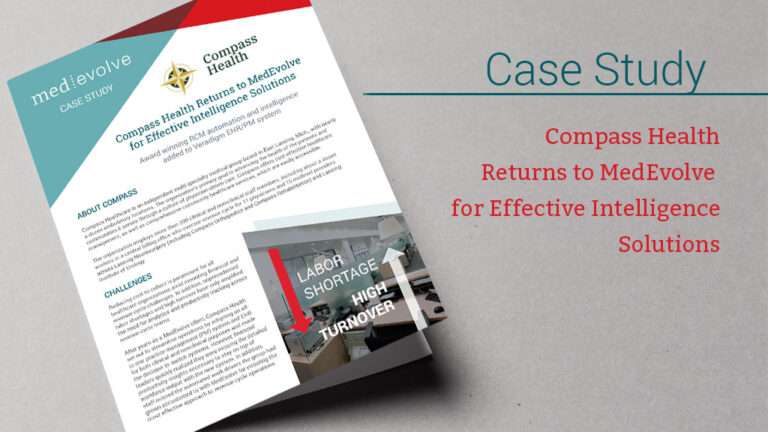Definition and objectives
Revenue reconciliation and reporting is a crucial step in the healthcare revenue cycle that involves reconciling the financial records of healthcare providers and reporting on the revenue generated from patient services. This process ensures accuracy, transparency, and compliance with financial regulations.
Revenue Reconciliation
Revenue reconciliation involves comparing and reconciling the financial records and data related to patient services with the corresponding claims, payments, and adjustments. This process aims to ensure that the revenue recorded in the provider’s financial system aligns with the actual payments received and the expected reimbursement amounts.
- Claims Reconciliation – The provider compares the claims submitted to insurance companies or payers with the claims adjudication results. Discrepancies or differences in reimbursement amounts, denied claims, or underpaid claims are identified and addressed.
- Payment Reconciliation – The provider reconciles the payments received from insurance companies, patients, and other payers with the amounts recorded in the financial system. This includes matching payments to the corresponding claims and ensuring accuracy in the payment posting process.
- Adjustments and Write-offs – Any adjustments, write-offs, or contractual allowances are reconciled to ensure they are appropriately recorded and accounted for in the financial records. This includes identifying and reconciling any contractual write-offs, bad debt write-offs, or adjustments due to overpayments or refunds.
Revenue Reporting
Revenue reporting involves preparing financial reports and statements that provide an overview of the revenue generated from patient services. These reports are used for internal analysis, financial management, compliance, and decision-making purposes. Key aspects of revenue reporting include:
- Financial Statements: Providers prepare financial statements, including the income statement (also known as the profit and loss statement) and balance sheet, which provide a snapshot of the revenue, expenses, and overall financial position of the organization.
- Key Performance Indicators (KPIs): Providers track and report on various revenue-related KPIs, such as average reimbursement per patient, collection rates, accounts receivable turnover, and revenue growth. These metrics help assess the financial health and performance of the organization.
- Compliance Reporting: Providers may be required to report revenue-related data to regulatory bodies, government agencies, or third-party entities. This can include reporting on revenue by payer, service line, or other specific criteria as mandated by regulations or contractual agreements.
- Financial Analysis: Revenue reports are used for financial analysis, such as identifying trends, assessing the impact of changes in reimbursement rates or payer mix, and evaluating the effectiveness of revenue cycle management strategies. This analysis helps in making informed decisions to optimize revenue collection and improve financial outcomes.
- Internal and External Stakeholder Reporting: Revenue reports are shared with internal stakeholders, such as management, finance teams, and board members, to provide insights into the financial performance and revenue trends. Additionally, external stakeholders, such as investors, lenders, or auditors, may require revenue reports to assess the financial viability and compliance of the organization.
Accurate and timely revenue reconciliation and reporting are essential for maintaining financial transparency, ensuring compliance with financial regulations, and making informed decisions to optimize revenue collection and financial performance in the healthcare industry.









